As I’ve mentioned a number of times before, I am NOT a houseplant person. However, I do enjoy having living plants in my interior environment. What’s the difference? A ‘houseplant’ is intended to live year in and year out inside your home, growing larger and leggier every season until you finally divide it to multiple containers and have even more to take care of.
The longer a plant lives in your home in this manner, the MORE guilt you feel if it dies or outlives it’s welcome- and the more getting rid of it feels like the betrayal of a family member. I’m a Mom- the LAST thing I need is more to feel guilty about!
Thanks to the final projects I needed to complete for the class I’m teaching at the SNAP! Creativity at Your Fingertips Conference, I was able to put together a couple of fun projects that have been planned for a long time. Yea for deadlines!
No, instead I like to create temporary arrangements that will stay with us longer than a bunch of cut flowers but still with less permanence than a typical houseplant. A few days back, I created such an arrangement using a pot of already-blooming Hyacinths I bought for $4.97 at Walmart. The rest of the items needed to create the arrangement were already on hand as I try to keep the staples available to use and reuse.
Want to create your own Spring Bulb Arrangement? It’s really easy if you adhere to the following steps:
1. “Activated Carbon”- you can find this stuff in the aquarium supply department at your local “big box”. It is used in the water treatment industry to filter and purify water. It does something similar in an indoor arrangement. Any time I use a container that does NOT have drainage holes, I add Activated Carbon. You don’t want to invite the growth of mold and fungus. It seems weird that what is more or less dirty, black charcoal can make things clean but it does. Sidenote: you cannot substitute ‘charcoal briquets’ for your BBQ for the Activated Carbon. They are not AT ALL the same.
Place Activated Carbon in the bottom of the container. Top with fine gravel (I used aquarium gravel because it has a coating on it to keep it shiny at all times and inhibit the growth of ick). Make a ‘well’ in the gravel and plant the bulbs in the center. Be very gentle when tugging on roots and don’t touch the roots with your hands if you can avoid it. Fill soil around the plant but keep the necks of the bulbs well above the soil line.
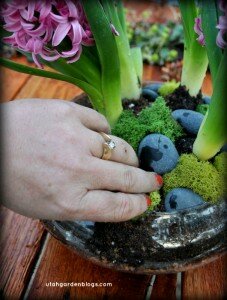
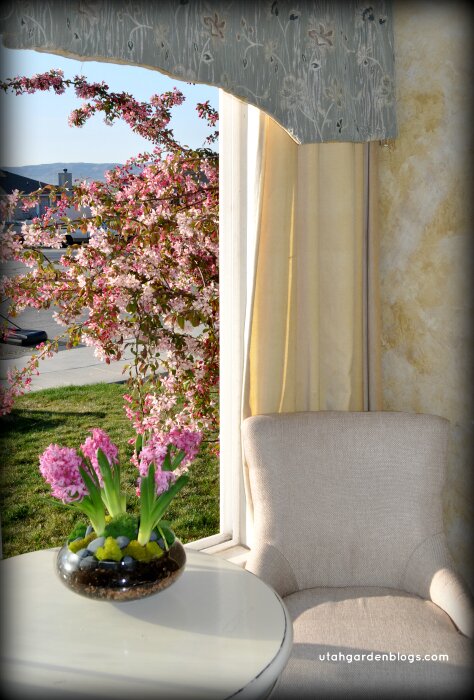
The pink blooms of the Hyacinths inside echo the pink blooms of my Flowering Crabapple outside the window!
I generally keep a host of natural staging materials on hand that I can recycle through arrangements like the one above. When the blooms are spent, I will plant the bulbs outside in my Garden where they will continue to use sunlight and water to develop food stores, then the foliage will die back. Next year, I’ll enjoy these lovely blooms in my Garden OR I can dig them when the flower buds appear and repeat the process from this year! In this way I keep cycling REAL plants through my home but with only the smallest level of ‘commitment’. I “co-habitate” with my house plants rather than marrying them! The scent from these 4 Hyacinths will NATURALLY perfume my living room for 3-4 weeks.

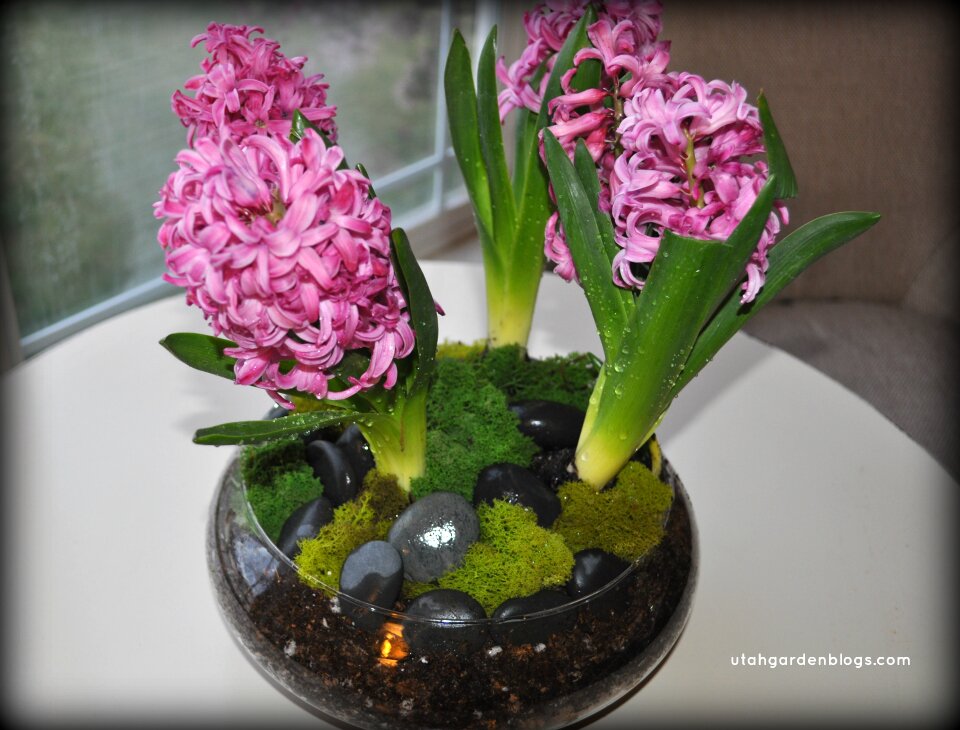
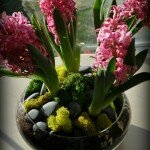
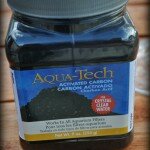
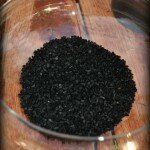
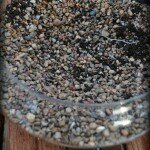
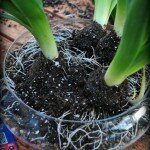
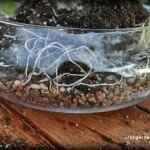


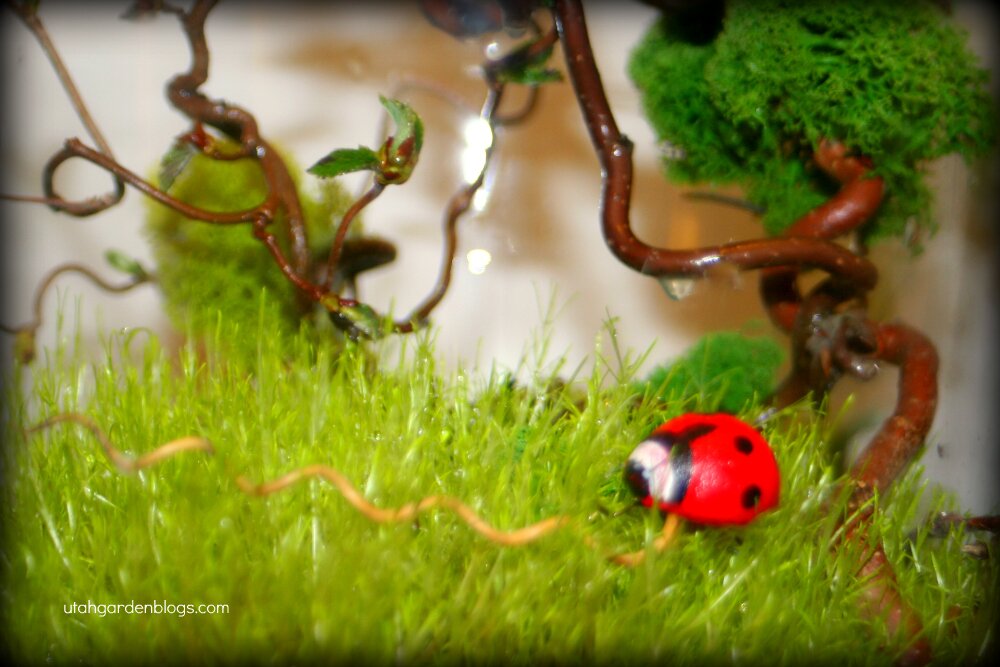
Kristina
April 24, 2012 at 3:46 pmThanks for sharing your ideas on houseplants vs. living arrangements. I so enjoyed your presentation at SNAP!
Kristina from http://www.pearlgateway.com {SNAP!}
I’d love to see you, stop by and say hello!